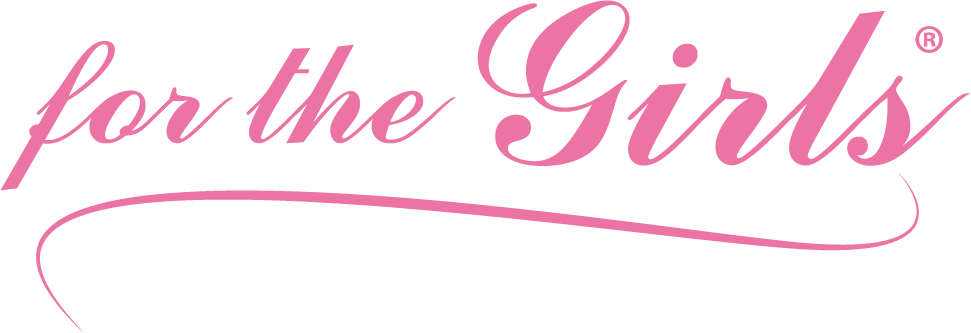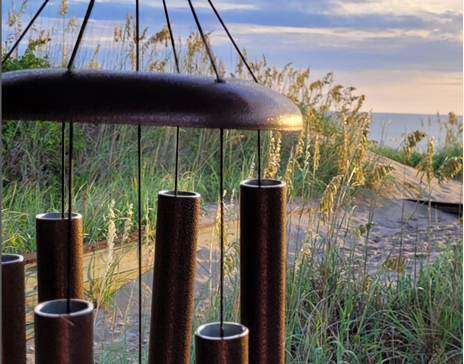Have you heard of sound healing? Within the wellness community, it’s considered ancient wisdom, but recently, it’s gained mainstream attention. The research is burgeoning, but not yet definitive enough for the specific treatment of cancer. However, the research does confirm widely that sound is a powerful stress reducer and relaxation aid.
We understand the word “heal” can be triggering, especially for those struggling with consuming health conditions like cancer. But, maybe if we thought of healing in little ways, moment by moment, then it wouldn’t feel as difficult. So, while it may feel small to offer yourself a moment of relaxation, many moments strung together could snowball, bringing about significant change.
How can you invite a moment of calm? Through sound. Sound has the power to offer us a moment of relaxation, and even sad sounds can help us access and express our hard-to-express emotions. All of our senses are powerful, but our sense of sound is particularly sensitive in shaping our mood.
While we look forward to more research on how specific pitches/frequencies may influence or treat our health, there’s no harm in trying out sound healing, or as some people call it, sound bathing, at home for relaxation and mindfulness.
How to let a Wind River chime contribute to a healing environment: Find a comfy spot, close your eyes, and let the sound of a For the Girls wind chime lead you into a calm, peaceful, meditative state. You can try this outside near your chimes, or even inside by listening to Wind River chimes on Spotify and Apple Music.
Let the soothing chime tones wash over you, helping to melt away stress and facilitating a more calm, relaxed state of mind.
If you know someone struggling with their health, encourage them to take a moment for themselves to relax by gifting them a pink For the Girls wind chime. 50% of all profits are donated to researching and treating breast cancer.
Sources:
https://www.frontiersin.org/articles/10.3389/fnins.2017.00600/full
https://pubmed.ncbi.nlm.nih.gov/33488307/
https://www.ncbi.nlm.nih.gov/pmc/articles/PMC5871151/
https://www.cochranelibrary.com/cdsr/doi/10.1002/14651858.CD006911.pub4/full

